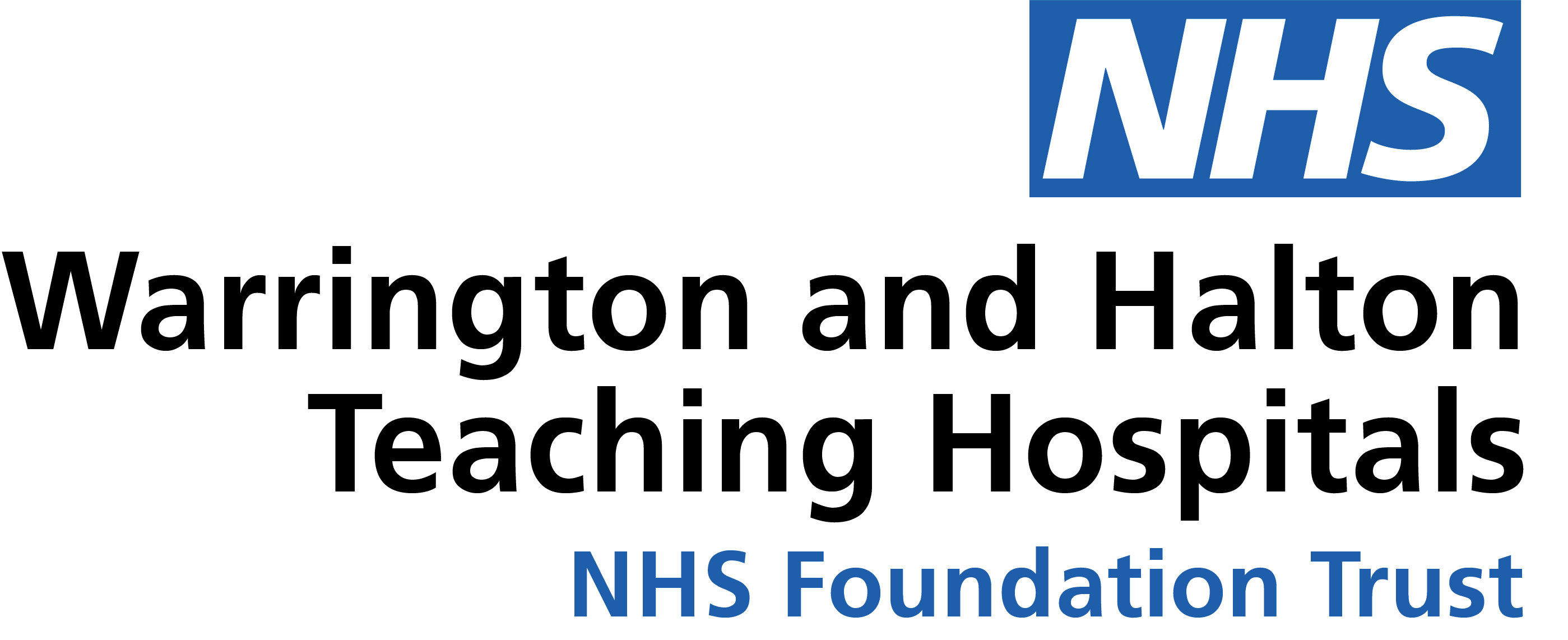Appointment Form
If you have been given an outpatient appointment at the hospitals and are unable to attend for whatever reason you can use the form below.
It is really important that you let us know of any changes as soon as possible. This means we can offer the original appointment to another patient.
Please complete the form below with your contact details and as much information as possible. You can find most of the information we need on your appointment letter.
If you have any problems using this form, please call the number on your appointment letter and we will do our best to help you. You will receive a response from us so you know it has been received and actioned.
If you wish to change the date and time of your appointment you, you can click the re-book option and state any dates that are not suitable for you, or you can contact us using the number on your appointment letter.
To change your Breast Screening appointment, please use whsthkbss.nhs.uk


